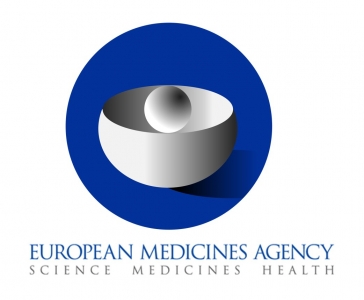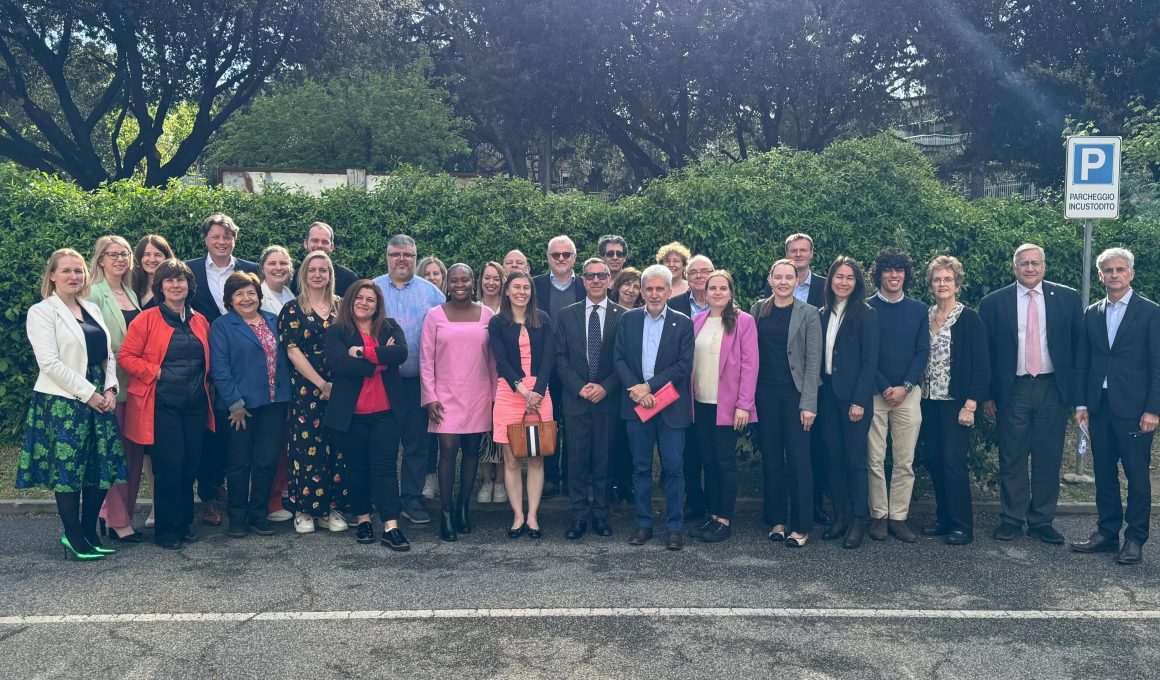by Giuliana Miglierini
It took eight years before revision 1 of the EMA guideline on environmental risk assessment (ERA) (EMEA/CHMP/SWP/4447/00 Rev. 1 – Corr) entered into force on 1 September 2024. The initial concept paper was published in 2016, followed by a public consultation on the draft text of the revision in 2018. The first version of the ERA guideline took legal effect in November 2006.
The entry into force of the new rules to conduct environmental evaluations in the pharmaceutical field marks a clear step in supporting the Green transition. The new rules require applicants to include an ERA assessment in all new marketing authorisation applications (MAA) for a medicinal product for human use, no matter the type of product or procedure and the chosen legal basis. This means generics can no longer benefit from waivers based on the legal basis.
An ERA is also required for some post-authorisation Type II variations, e.g. line extensions that may cause an increase in the environmental exposure to the active substance. EMA provides scientific advice upon applicant request on issues related to the ERA and on possible precautionary and safety measures referring to the use and disposal of a medicinal product We briefly resume the main features of the new guideline. Opinions received from stakeholders during the consultation period are also available on the EMA website.

The basis of the ERA analysis
All active substances contained in a medicinal product for human use must be separately evaluated in the ERA. Specific information must be provided on their pharmacological profile, namely concerning their antibiotic, antiparasitic or endocrine active substance (EAS) behaviour.
The ERA will continue to be based on considerations about the physico-chemical, ecotoxicological, and fate properties of the active substance and on the use of the final drug product, as well as the potential risks it might cause to environment (i.e. aquatic and terrestrial ecosystems including surface water, groundwater, soil, species at risk of secondary poisoning and the risk for the microbial processes in sewage treatment plants). The guideline specifies that ERA’s results should not represent a criterion for refusing a marketing authorisation, while mitigation measures should be implemented to limit the risks.
If needed, animal studies should be run according to the 3Rs principles (Replacement, Reduction, Refinement). Data in the public domain referring to already marketed active substances should be used to prevent the repetition of animal studies wherever possible. In this instance, applicants should provide a comprehensive and targeted review of the literature on endpoints significant to the ERA. Companies that already run tests should permit access to their data and outcomes to other applicants by issuing a Letter of Access (to be included in the ERA).
All evaluations are based on the total residue approach, considering the active substance is completely excreted without the occurrence of metabolic changes. Should metabolites be present, they are considered to have a similar or lower toxicity than the parent compound. All tests should be run according to Good Laboratory Practices (GLP) and the more recent methods by the Organisation for Economic Co-operation and Development (OECD) or the European Commission. Other internationally validated test guidelines may also be used, with justification for their choice in the ERA report.
A two-phase procedure
The ERA guideline provides a detailed description of the procedure to perform the risk assessment (RA) and the hazard assessment (both required in Phase I). The first phase evaluates the exposure to the active substance and its ecotoxicity, the second one provides information on the intrinsic properties of the active substance that may turn harmful to the environment in absolute terms. The so-called PBT/vPvB assessment refers to four distinct types of substances, respectively marked as persistent (P, substances poorly degraded in the environment), bioaccumulative (B, that accumulate in organisms), toxic (T) or very persistent and very bioaccumulative (vPvB).
The decision trees and the detailed questions and answers reported in the guideline support applicants in evaluating the need to activate the Phase II assessment, which requires a deeper analysis. This decision is based on calculation of the Predicted Environmental Concentration of the active substance in surface water (PECSW). A justification should be provided should Phase II of the risk assessment is not activated. A tailored Phase II RA is also possible based on the specific mode of action (MoA) of the active substance, for example, for antibacterials should their PEC exceed the action limit, or endocrine active substances (for which Phase II should always be performed, as the action limit does not apply). The approach that should be used to test and evaluate MoA substances is also described in the guideline.
In Phase II, the first level (Tier A) should take into consideration the possible effects of the active substance on surface water, sediment and sewage treatment plants, soil, and groundwaters.
The possibility of secondary poisoning of organisms living in the environment should also be considered. Results from the risk evaluation performed on collected data lead to the refinement of options referred to as identified risks (Tier B). A detailed discussion of the different parameters that may be considered in this part of the analysis is provided in Chapter 4.2 of the ERA guideline.
A further step of risk evaluation finally leads to the identification of no risk present, or the needed risk mitigation measures (and associated labelling of the medical product).
A similar process must be implemented for the PBT/vPvB assessment; Chapter 5 of the ERA guideline provides a detailed indication of how to approach this part of the overall procedure. It is worth noticing that it is not possible to predict the environmental fate of PBT/vPvB substances, or the kind of adverse effects they could give rise to in the long period. PBT/vPvB assessment should be based on criteria reported in Annex XIII of the REACH regulation (EC) 1907/2006, coupled with the methodology described in the current REACH guidance on PBT/vPvB assessment. A detailed decision tree and related Q&As are once more provided by the ERA guideline. Substances classified as PBT/vPvB should be included in the summary of product characteristics.
Data search, labelling and reporting
Specific information on how to approach the literature search and data evaluation is provided in Chapter 6 of the ERA guideline. A literature review should always be performed to capture new data on the ecotoxicity of the active substance, as well as in case of accessing existing data. It is important to note that Public Assessment Reports and reviews or summary data from other regulatory frameworks cannot be used as sources of data to be included in the ERA dossier.
Search engines and search terms used should also be provided, together with the reliability of the chosen studies in support of the assessment and scientific description of their relevant aspects. The guideline recommends the usage of the CRED method (a standardised assessment method designed for toxicological/ecotoxicological studies) to perform such evaluation and assign reliability scores to the selected studies.
The ERA report should also include a discussion of a strategy for risk mitigation, should environmental risk not be excluded based on the performed assessment. This strategy should aim to minimise the quantity of the medicinal product discharged into the environment, thus it may include, for example, instructions for appropriate storage and disposal.
The ERA report is part of Module 1.6 of the eCTD authorisation dossier; full studies reports and references should also be provided as an Annex to the ERA.
